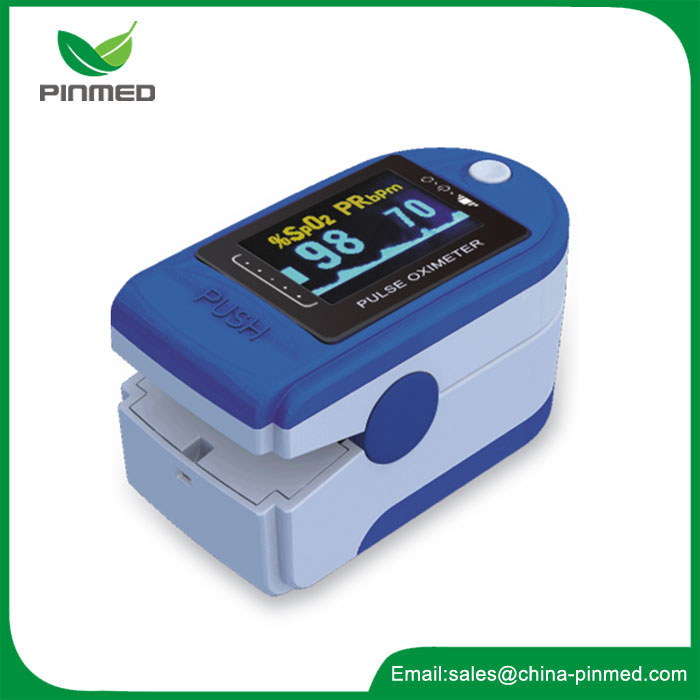Here are the key features and functionalities of a fingertip pulse oximeter
2023-12-27
A fingertip pulse oximeter is a medical device designed to measure the oxygen saturation level (SpO2) and pulse rate. It is a non-invasive and portable device commonly used to monitor oxygen levels in the blood, especially in individuals with respiratory conditions or during certain medical procedures. The device is called a "fingertip" pulse oximeter because it is typically attached to the fingertip for measurement.
Here are the key features and functionalities of a fingertip pulse oximeter:
1. Oxygen Saturation (SpO2) Measurement:
- The primary function of the fingertip pulse oximeter is to measure the oxygen saturation level in the blood. Oxygen saturation represents the percentage of hemoglobin in the blood that is carrying oxygen. A normal SpO2 level is typically above 95%.
2. Pulse Rate Measurement:
- In addition to SpO2, the pulse oximeter also measures the pulse rate, which is the number of heartbeats per minute. This information is essential for assessing the overall cardiovascular health of an individual.
3. Non-Invasive Design:
- The fingertip pulse oximeter is non-invasive, meaning it does not require any needles or blood samples. It operates by shining light through the skin to detect changes in the absorption pattern of oxygenated and deoxygenated hemoglobin.
4. Fingertip Attachment:
- The device is typically attached to the fingertip, although some models can also be used on other areas with good blood perfusion, such as the earlobe or toe.
5. Display Screen:
- The pulse oximeter features a display screen that shows the numerical readings of SpO2 and pulse rate in real-time. Some models may also display a waveform graph representing the pulse.
6. Compact and Portable:
- Fingertip pulse oximeters are compact and portable, making them convenient for home use, clinical settings, or during activities such as hiking or sports.
7. Battery-Powered:
- Most fingertip pulse oximeters are powered by batteries, making them easy to use without the need for an external power source.
8. Automatic Shut-Off:
- Many models are equipped with an automatic shut-off feature to conserve battery life. The device turns off automatically when not in use for a certain period.
9. Adjustable Display Orientation:
- Some models have a rotating or adjustable display orientation, allowing users to read the measurements easily in various positions.
10. Alarm Function (Optional):
- Certain pulse oximeters come with an alarm function that alerts the user if oxygen saturation levels fall below a predetermined threshold.
Fingertip pulse oximeters are widely used in medical settings, including hospitals, clinics, and emergency response situations. They are also commonly used by individuals at home, especially those with respiratory conditions such as chronic obstructive pulmonary disease (COPD) or asthma. The device provides valuable information for monitoring health and detecting potential issues related to oxygen levels and heart rate.



